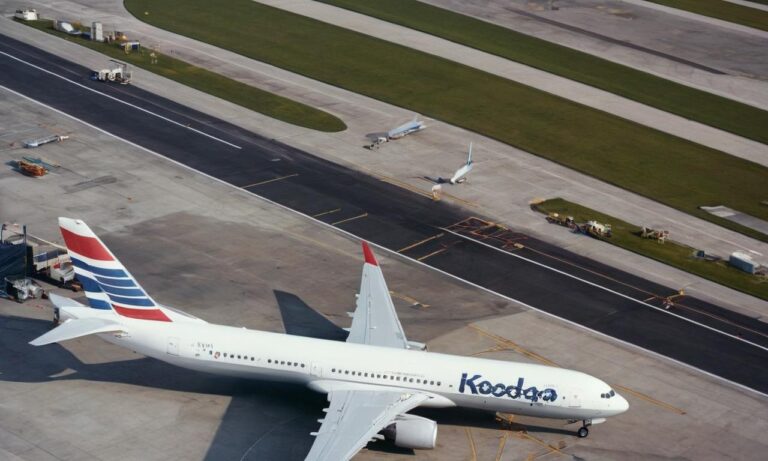Defining what constitutes a vehicle often sparks debates and discussions, particularly when considering complex machinery like airplanes. The question of whether a plane falls under the category of a vehicle is intriguing, as it delves into the nuanced understanding of transportation and its various forms.
Understanding the Definition
To determine if a plane qualifies as a vehicle, we must first establish a comprehensive definition of the term. According to conventional understanding, a vehicle is any device or means of transport used to carry people or goods from one place to another. It typically involves some form of mechanism or propulsion system to facilitate movement.
The Characteristics of a Plane
When examining airplanes, they undeniably possess features that align with the criteria of a vehicle. They are designed for transportation, capable of conveying passengers and cargo across vast distances. More importantly, planes are equipped with engines or propulsion systems that enable controlled and directed movement through the air.
Furthermore, airplanes operate on the principles of aerodynamics, utilizing wings and specialized structures to achieve lift and maneuverability. This distinguishes them from conventional vehicles like cars or trains that operate on land.
Classification of Vehicles
Within the realm of transportation, vehicles are broadly categorized based on their mode of operation. Airplanes, falling under the domain of aviation, belong to the class of aerial vehicles. This classification distinguishes them from land-based vehicles such as automobiles, motorcycles, and trains, as well as watercraft like ships and boats.
Legal and Practical Considerations
From a legal standpoint, airplanes are undoubtedly recognized as vehicles. Various regulatory bodies govern the operation, maintenance, and usage of aircraft, treating them as a distinct form of transportation that requires specialized training and adherence to specific protocols.
Practically speaking, airplanes serve as essential modes of transport for both commercial and private purposes, connecting distant locations and facilitating global travel and trade. Their significance in modern society as vehicles of air travel is undeniable.
So, is a plane a vehicle? Undoubtedly, the evidence supports the assertion that airplanes fall within the classification of vehicles. Their design, purpose, and functionality align with the fundamental characteristics of transportation devices, establishing their place in the expansive spectrum of vehicles.
Frequently Asked Questions
Exploring the nuances of transportation often raises various queries. Here are some frequently asked questions:
Are Helicopters Considered Vehicles?
Helicopters, similar to airplanes, serve as modes of transportation. They possess mechanisms for propulsion and are used to carry passengers and cargo from one place to another. Thus, helicopters are classified as vehicles, specifically falling under the category of rotary-wing aircraft.
| Category | Characteristics |
|---|---|
| Land Vehicles | Operate on roads or tracks, primarily on land surfaces. |
| Watercraft | Designed for travel on water bodies such as oceans, rivers, or lakes. |
| Aerial Vehicles | Capable of flight through the air, including airplanes and helicopters. |
What Sets Apart Airplanes from Other Vehicles?
Unlike land-based vehicles relying on wheels or watercraft utilizing buoyancy, airplanes employ aerodynamic principles for lift and propulsion. This unique mode of travel distinguishes them from other transportation methods, making airplanes an essential part of aerial vehicles.






